Sprayer for an aquarium: varieties and DIY
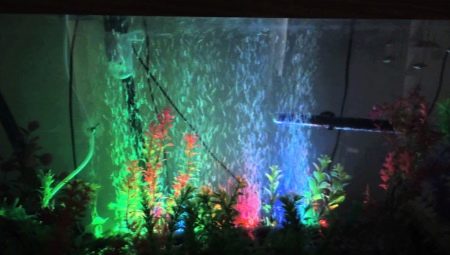
Pet stores have a fairly extensive assortment of aquarium accessories, including compressor nozzles that spray air in the form of small bubbles. However, individual aquarists prefer to make these devices with their own hands.
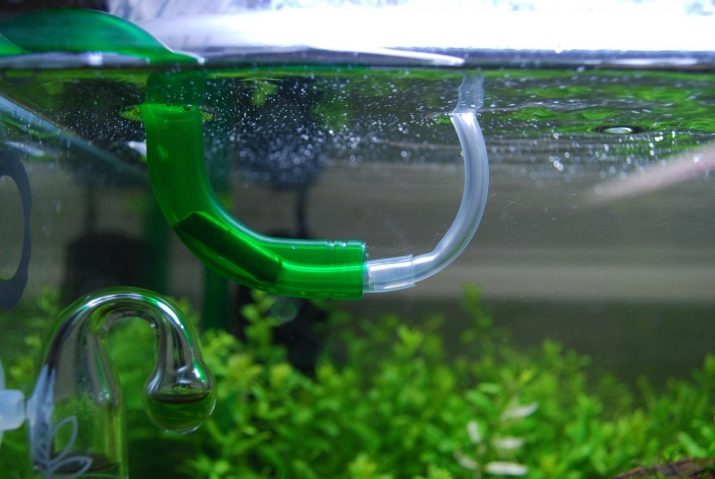
Appointment
The aquarium spray is a fairly simple device. It provides decent conditions for the existence of fish and other organisms, additionally being an excellent decoration for the underwater environment. Plus, tiny air bubbles look great on their own.
This equipment saturates the aquarium with oxygen.
Through its use the layers of liquid move, the temperature evens out, and the necessary microclimate is formed in the container, in which its inhabitants feel calm and comfortable. With a large number of fish and other organisms, such an adaptation is simply necessary.
The atomizer disperses air at high speed and saturates water with oxygen (O2), suppressing carbon dioxide (CO2).
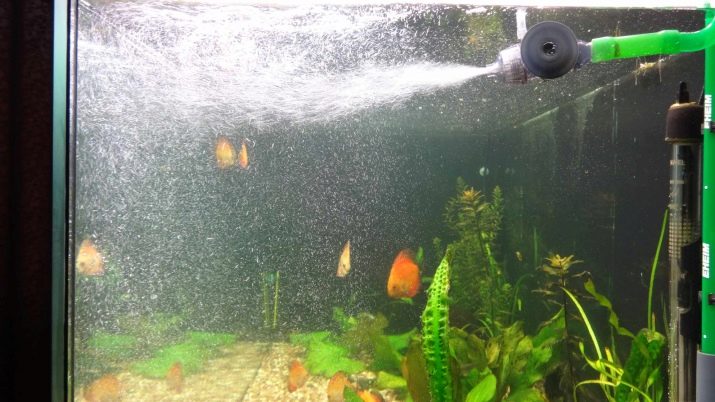
Varieties
There are two key options for aquarium air diffusers: one made of natural material and one made of artificial material. The first ones are created from special porous types of stone, which pass a stream of air through themselves, splitting it into many small bubbles that fall into the water. These devices are the most environmentally friendly, only they have one drawback - noise that they create when working.
Therefore, most of the people who have aquariums, and especially those who have them in the bedroom, opt for the silent second option - flexible sprays.
They are made of soft rubber with holes through which air flows.
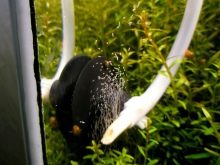
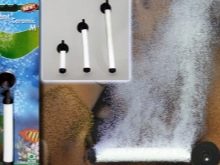
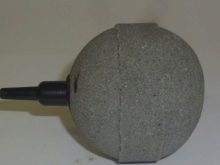
Which one is better to choose?
Many different types of fixtures are offered today, only the device must meet all quality and performance standards.
- First of all, you should find out its power. Equipment of this kind should generate an adequate amount of bubbles for the aquarium ecosystem.
- It is better to choose a quiet device, that is, with the least noise during operation. It is necessary that he quickly and properly perform his duties and not annoy the whole family with noise.
- The best solution for an aquarium is a device with a high volume of bubbles. This allows you to maximize the oxygenation of the water.
- An impressive assortment of devices when choosing often puts the consumer in a dead-end situation. However, a large selection of colors and designs will make it possible to correctly choose the ideal option for the design of the tank.
- The configuration of the atomizer is also very important. Quite wide rectangular devices are recognized as especially practical. They are usually located in the center of the aquarium, set in the ground. Only experts recommend not to bury the device in the bottom of the tank, as there is a danger of breaking the tube. Long tubular artificial sprayers are pretty good. The color and appearance make it possible to simply hide them in the thickets of vegetation (they are fixed by means of suction cups).
- After long-term use, the device becomes dirty and difficult to clean, so the easiest way is to buy another one. But when the device is collapsible, it greatly simplifies the cleaning process.
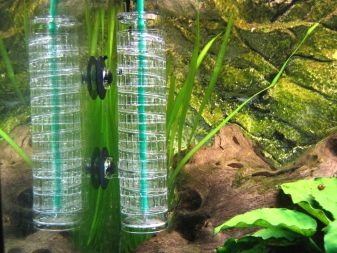
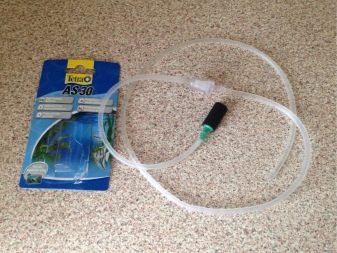
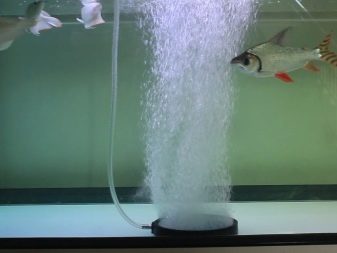
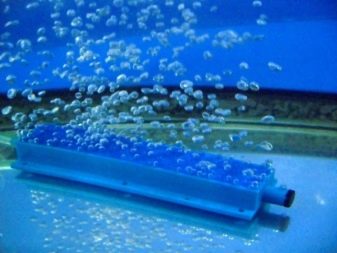
How to do it yourself?
As mentioned above, there is a wide selection of devices, but many people prefer homemade devices. Consider one of the options for self-manufacturing.
Necessary materials
In order to quickly and easily assemble an aquarium aerator, you need:
- rubber chamber (as an air storage);
- bicycle (or car) manual or pedal pump;
- 3-way valve (tee);
- plastic tube from a medical dropper with a clip.
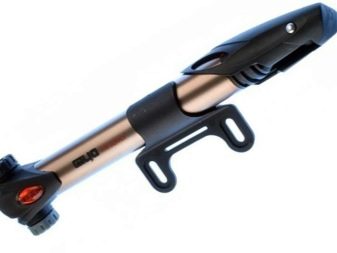
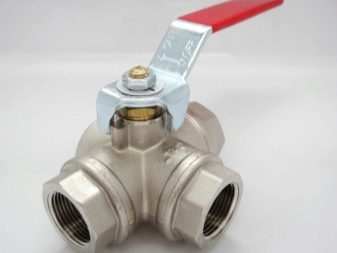
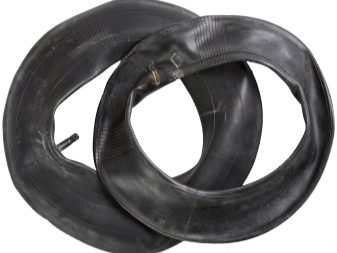
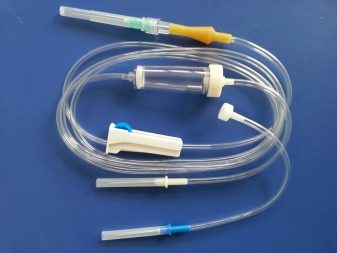
Manufacturing instruction
This device can be mounted if you understand the principle: first of all, you need to somehow collect air, and then gradually supply the aquarium with it.
This is the essential difference between a self-made unit and purchased membrane or piston aerators operating from an electric motor.
But how exactly can you store air? The answer appears on its own: in a car camera, a hot air balloon, a soccer ball camera, and the like. I must say just an inflatable ball is used by individual home craftsmen in such situations.
From the tee, 3 tubes must be taken: the first to the hand pump, the second to the ball, and the third tube (from the dropper with a clip) will become the outlet hose. The end of this tube must be securely plugged with a plug, and a series of small holes should be pierced in front of the plug in the tube, from which air will begin to escape. Undoubtedly, all joints must be reliable and sealed.
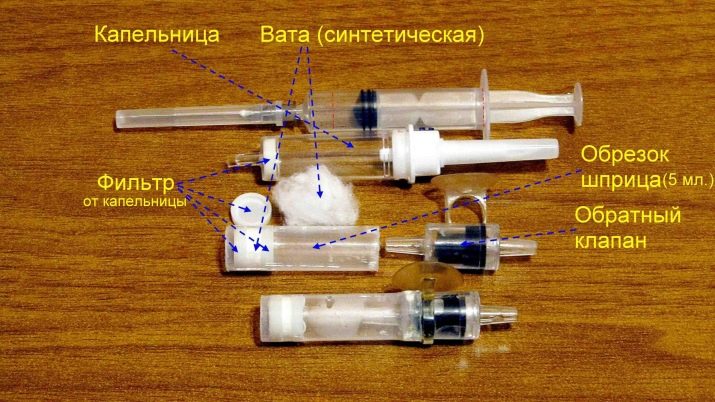
To accumulate air by means of a 3-way valve, the line "hand pump - chamber" is opened first. The ball chamber is quite strong, therefore, you can pump it to the limit.
After that, this direction is closed and you need to connect the route "chamber - outlet pipe".
In order for the air to enter the aquarium in a systematic manner, the diameter of the outlet pipe in one place is adjusted by means of a clamp. Of course, this clamp should be located outside the aquarium, next to the 3-way cock. The air flow rate is selected empirically.
By and large, the home-made aerator is ready.The imperfection of such a device lies in the fact that the storage chamber needs to be filled regularly.
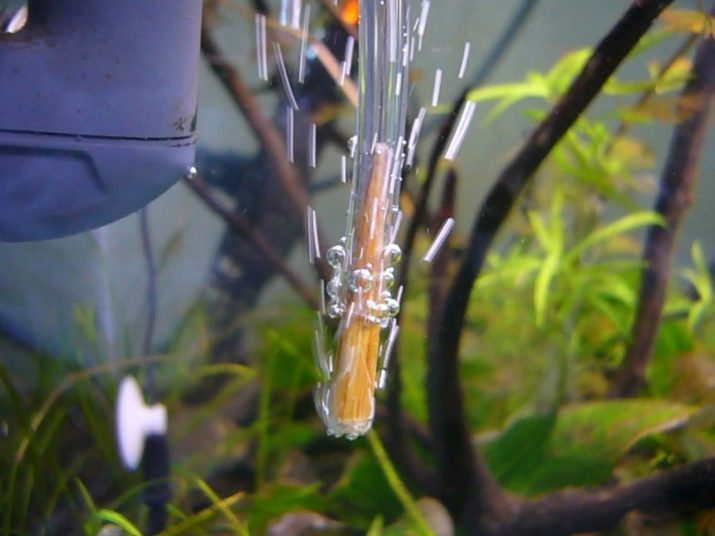
Most often, for standard aeration of a tank with a capacity of up to 100 liters, such pumping must be carried out 2 times a day. Therefore, a self-made device should not be left unattended for a long time.
Design options
Aquarium sprayers can have a wide variety of configurations: rectangular, square, elongated, tubular. And be ceramic, corundum, wood or flexible. You need to choose just the size and the configuration that best suits your volume of liquid, and in addition, it will be in optimal harmony with the bottom landscape and underwater landscape formed in the aquarium.
In addition to the usual, intended solely for the implementation of their main function, sprayers, there are also specific decorative devices complex in structure.
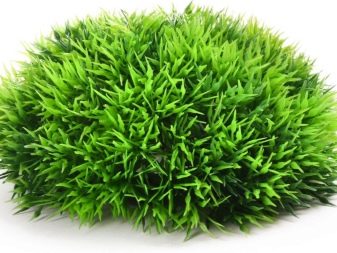
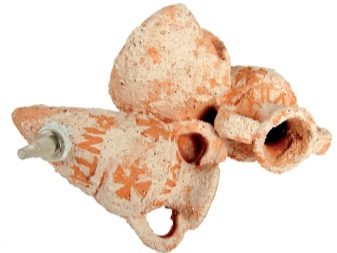
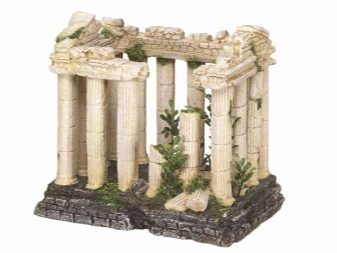
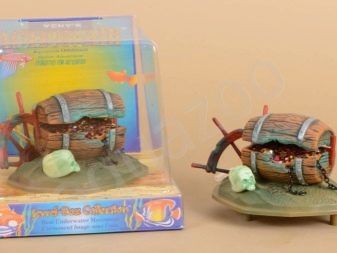
They can have a configuration of various objects or decor made of fired clay: chests with jewelry, antique vases, ships, pieces of wood.
A sprayer is built into the cavity of any such figure, to which the aerator hose is connected.
In the process of their work, the effect is created that the bubbles come out directly from these objects. When using decorative devices, the appearance of the aquarium not only does not deteriorate, but also acquires some specificity and unconventionality, since the choice of a particular figure depends solely on the consumer's idea.
Another interesting example is the illuminated aquarium sprayers. They have built-in specialized LED diodes that form a measured glow or a repetitive change in shades.

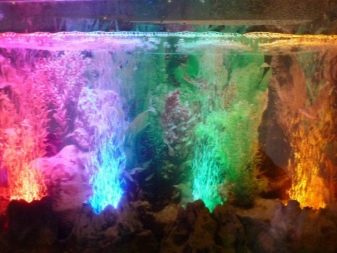
They can look like regular sprayers or decorative with one more option to decorate your aquarium. With the help of such devices, even at night, your mini-pond will look special and attractive, and if you correctly position the sprays, they will add originality and special charm to the reservoir. By means of light, you can make accents in the design of the aquarium, arouse interest in plants or figures at the bottom, and the whole atmosphere will only highlight the beauty of the fish that live in this extraordinary aquarium.
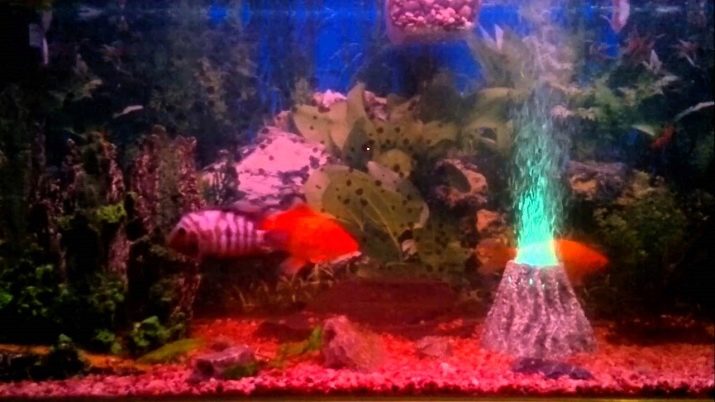
Useful Tips
And finally, a few recommendations.
It is better to place the air diffuser in the center of the aquarium for the most measured air exchange. However, in large tanks, it is advisable to install 2-3 units in different corners. In addition, it is better to install them near the heater for quickest mixing of the warming liquid with the total capacity of the aquarium.
It is better not to bury the devices in the ground., since they are more likely to fail in this way, nevertheless, for the purposes of aesthetic representations, you can bury them in the ground.
Of course, the pores on them overgrow faster, but this is such a consumable, which is not really a pity. So to speak, everything is for the sake of beauty.
If the pores of the atomizer become clogged, it is extremely difficult to clean it. Here's some advice on how to clean it without any problems. You just need to put the spray bottle in the bleach solution for 30-40 minutes - and there will be no trace of brilliant green. Then, at the end of the soaking operation, the device is thoroughly rinsed with piping water and again put into operation. Or removed as a fallback.
See below for information on which spray nozzle for your aquarium is worth buying.








